In an email sent recently to publishers, Google announced some changes that are being made to Google AdSense to provide a more secure platform and up-to-date service to publishers. The changes to AdSense ad units have already been rolled out (around April 2019) and can be seen on the Ads tab of the AdSense dashboard. Google is known to drop big changes to its product mainly to improve its services.
But what exactly has changed, and why? Here is the list of changes Google has made to AdSense ad units and how they are likely to impact publishers:
Ads are Now Responsive by Default
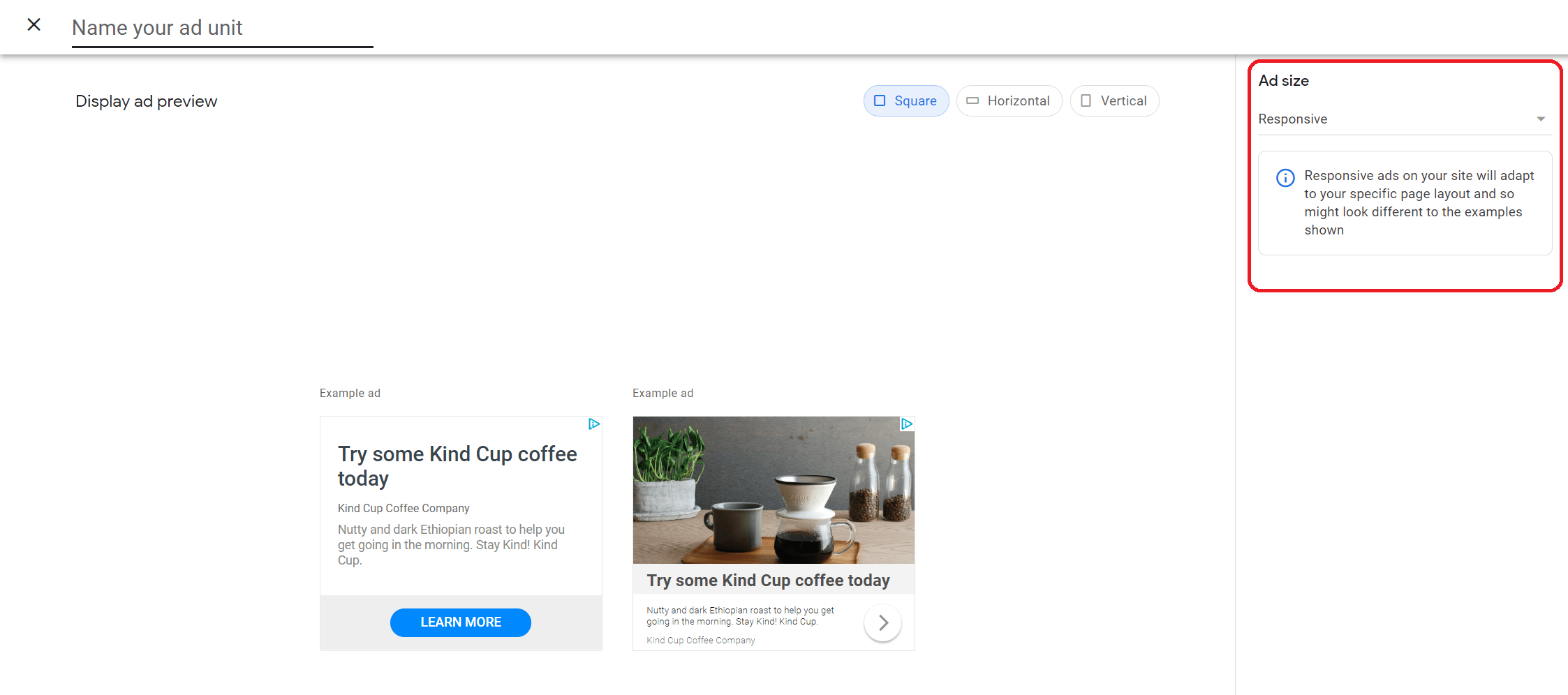
AdSense has made its ad units responsive by default. This will make it easier for publishers to manage their ad units across devices. The performance of ad units is also expected to improve. How? Let’s say there is a CTA button on the creative, now it will continue to work as it should on multiple screen sizes. Despite the change, publishers still have the option to create fixed-sized ad units and customize them as per their requirements if they want.
Impact on publishers: Initially publishers used to create separate ads for different ad units, placements, and devices, including responsive. Creating and managing these ads was often overwhelming. With this update, that should become easier.
‘Text Only Ads’ and ‘Display Only Ads’ are Merged

Google has merged ‘Text ads only’ and ‘Display ads only’ under the new ‘Display ads.’ Using both image and text at the same time will make the ads more attrative for the users and may help increase CTR. This also provides a rich-media look to the ads, similar to actual rich-media ads. Publishers who wish to access the ‘Text ads only’ or ‘Display ads only’ format can go for native in-feed units and choose manual style option to continue.
Impact on publishers: Most ad networks, other than AdSense, already offer similar formats. Now that AdSense has also enabled this, the ads would have a rich-media feel, further increasing competition for publishers’ inventories.
‘If No Ads Available’ Setting Has Been Removed
This change is about how Google handles a blank impression. Previously, publishers could choose to show a colored block if the “If no ads available” condition was met. Now, it will be set to a blank impression by default. Google claims that this change will reduce the chance of serving malicious ads.
Impact on publishers: The blank space instead of a color block should preserve the original look and feel of the webpage. Publishers can look into how to improve fill rates to reduce the chances of getting a blank impression.
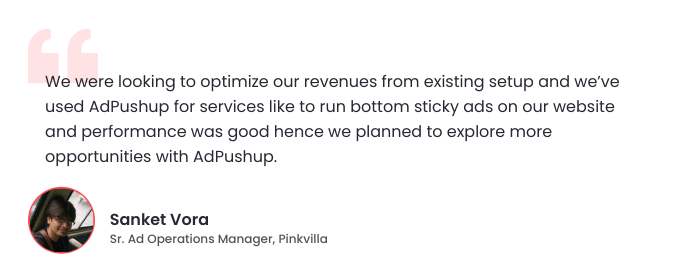
‘Ad unit experiment’ Option Doesn’t Exist Anymore
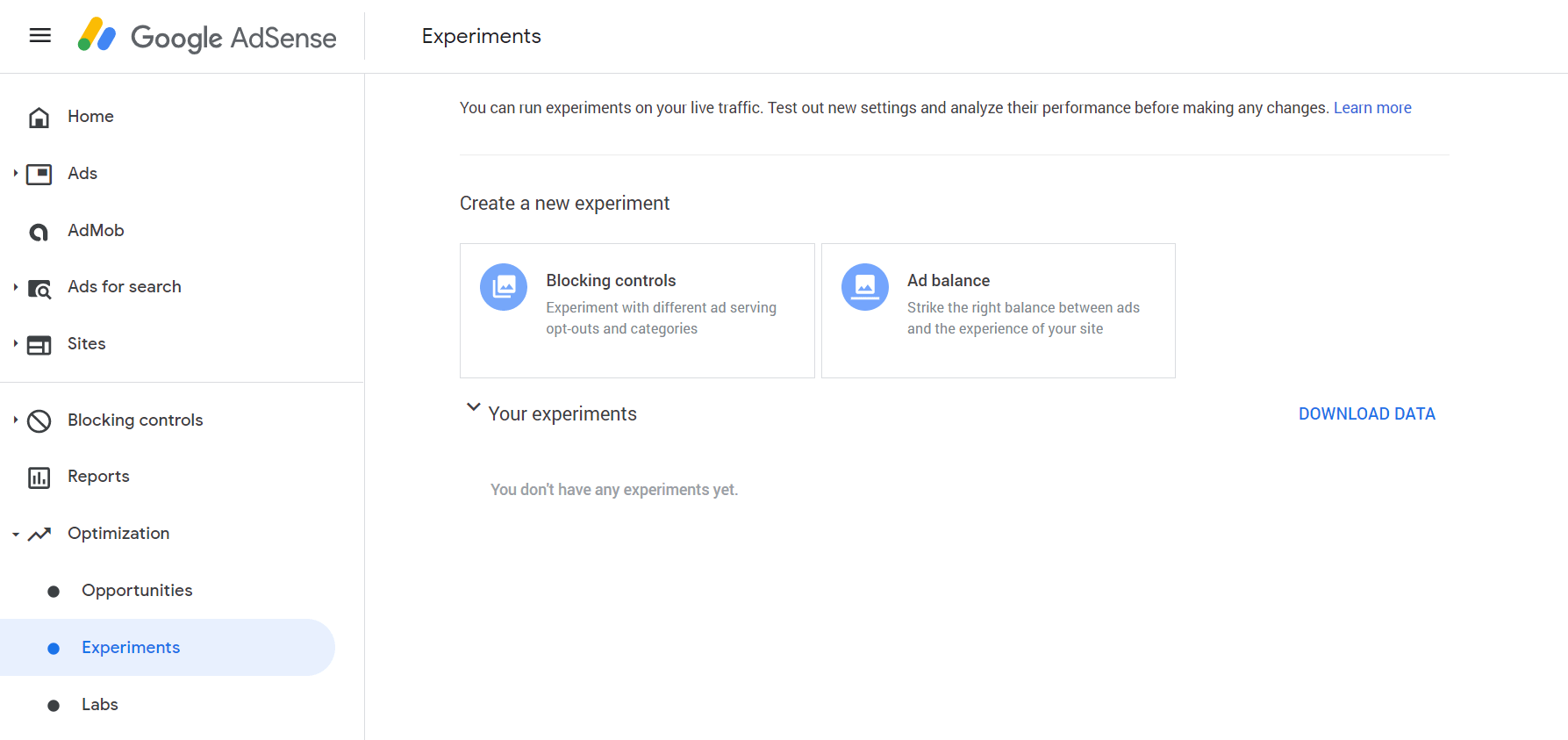
As part of the new update, Google has also removed the experiment feature for ad units. If you had ad unit experiments running, they will be discontinued (if they haven’t already). However, the reports and data of your previous experiment will remain intact for reference.
Impact on publishers: Removing the ‘Experiment’ option will make it harder for publishers to test different styles and formats to check the performance of their ad units. Note that, AdSense has only removed the experiment feature for ad units, ‘Blocking controls’ (experiment by changing the ad category or ad serving settings) and ‘Ad balance’ (to strike the right balance between ads and revenue) still exist.
Synchronous Code No Longer Available
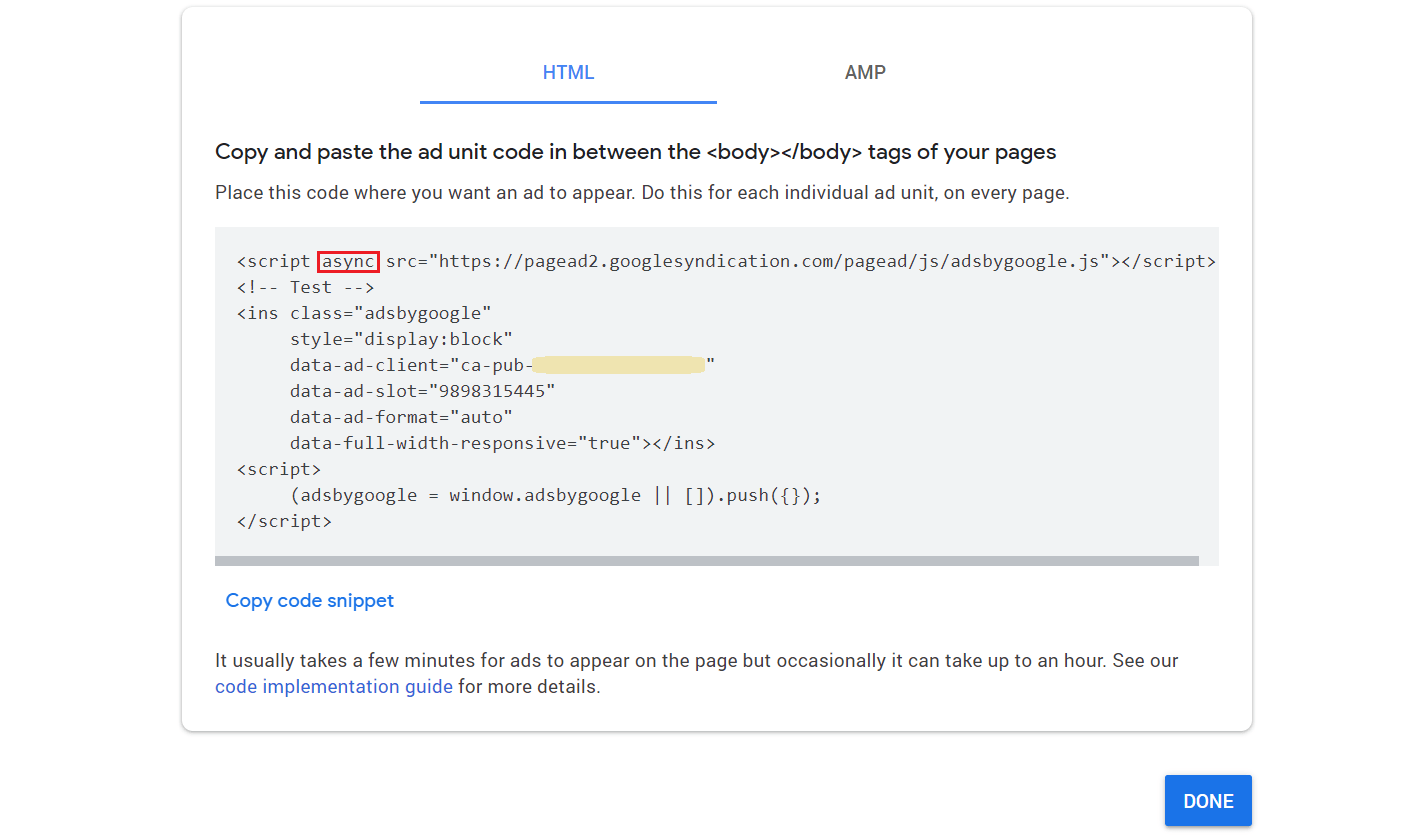
As a default, all AdSense codes are asynchronous (ads that load separate from site content) now. This change was made because synchronous ads increase page load time by creating bottlenecks. With synchronous code, until both the webpage content and the ads load, users see a loading page on their device.
To tackle this problem, publishers use asynchronous ad codes on their websites. Previously, AdSense provided ad codes in both formats. However, after this update, publishers will not get the option to generate synchronous ad code. Although, they can still manually create synchronous code (not recommended).
Impact on publishers: With this update, AdSense has simply taken down a redundant feature. Most AdSense publishers never really used this feature (Google marked it as ‘Not recommended’). So, the removal of the synchronous ad code may not be of major concern for publishers.
‘Add Custom Channel to Ad Unit’ is not Supported
According to Google, “Advertisers no longer buy placement targeted ads, so custom channels are only used for reporting now.” For now, publishers can check the custom channels report. But going forward, publishers will need to add the custom channel ID in order to track ad units. Alternatively, publishers can try adding filters to the ‘Ad Units’ reports to get the data that they want.
Impact on publishers: The basic reporting pattern has changed for publishers. Custom channels helped them categorize ad units and then use those categories to track performance. With that gone, publishers will now need to use different metrics (such as ad ID or ad unit) to get the reports and data they want.
Also read: Google AdSense: Guide to Improving your Existing Ad Revenue
Final Word
Most of these changes are the removal of obsolete features. Making ad units responsive and merging text and display ad types can prove beneficial for publishers. But at the same time, the removal of the ad unit experiment feature can make it difficult for publishers to track ad placements and compare their performance.
However, there are workarounds. For instance, publishers can get Google Ad Manager to access the ‘Ad Experiment’ feature. Furthermore, Ad Manager can also help them set up backup ads option to fill remnant inventory.
These updates can be overwhelming for some publishers, while others might even not notice the changes. Visit your AdSense account and go to Ad units page to check whether these updates have been applied on your account.

Shubham is a digital marketer with rich experience working in the advertisement technology industry. He has vast experience in the programmatic industry, driving business strategy and scaling functions including but not limited to growth and marketing, Operations, process optimization, and Sales.
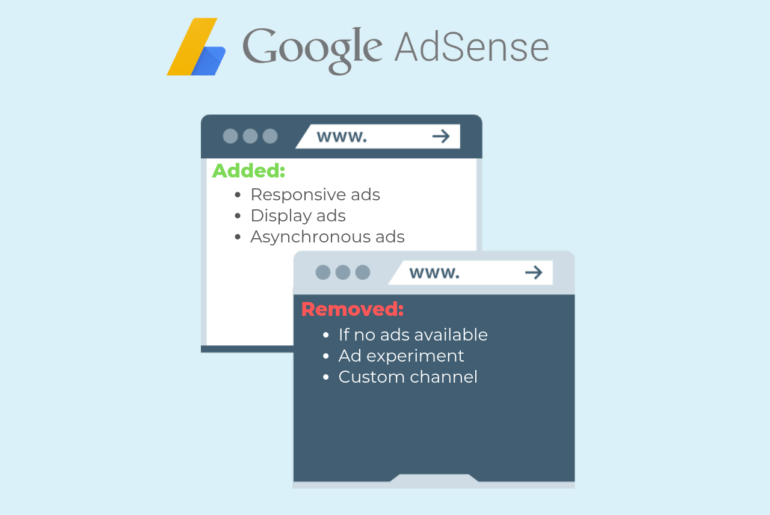


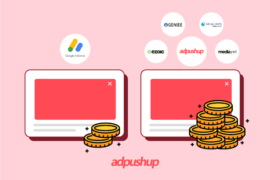
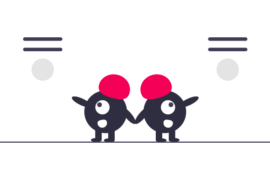




1 Comment
First of all congratulations for your blog because it is updated with brilliant explanations. Since the technology evolves very fast info gets outdated in the internet and it is very hard to know what is up to date.
Our website is intended to be monetized by ads. The website we have developed is responsive and based on javascript. ( for faster user experience). So when the user arrives to our page it will be downloaded the initial hmtl and that’s it. From that point on the screens are changed with javascript/jQuery under user interaction.
I have a two questions:.
First question: Can I refresh the ads when user change the screen (I know what the user does since I use js).
The second question is : can I tailor the category ads showed to the user (for example is the user is looking for a trail in the country side, show ads of hiking boots or whatever related with that activity) ?
So can I solve this questions with the actual adsense or google ad manager or should I use another ad network provider.
Thank you very much in advance for your help
Moises